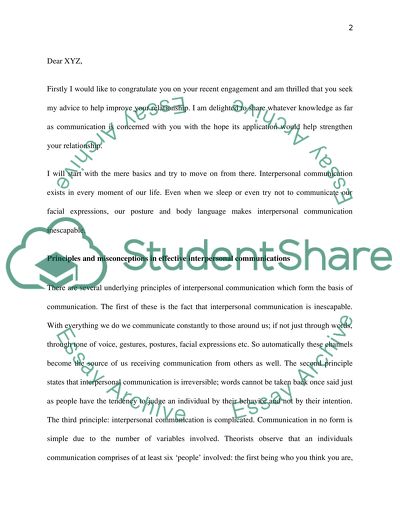Cite this document
(“Effective Interpersonal Communications Term Paper”, n.d.)
Retrieved de https://studentshare.org/other/1391612-not-sure
Retrieved de https://studentshare.org/other/1391612-not-sure
(Effective Interpersonal Communications Term Paper)
https://studentshare.org/other/1391612-not-sure.
https://studentshare.org/other/1391612-not-sure.
“Effective Interpersonal Communications Term Paper”, n.d. https://studentshare.org/other/1391612-not-sure.


